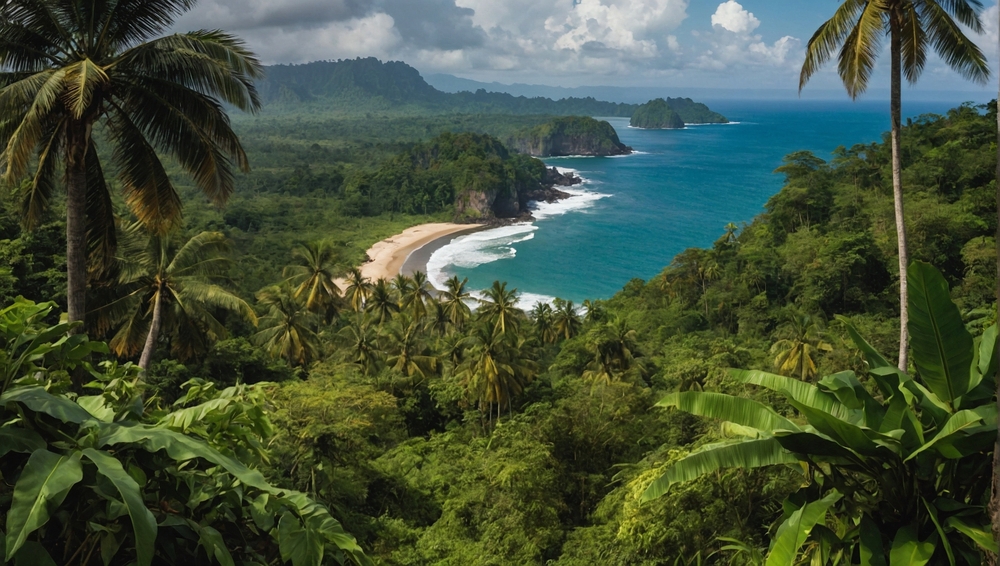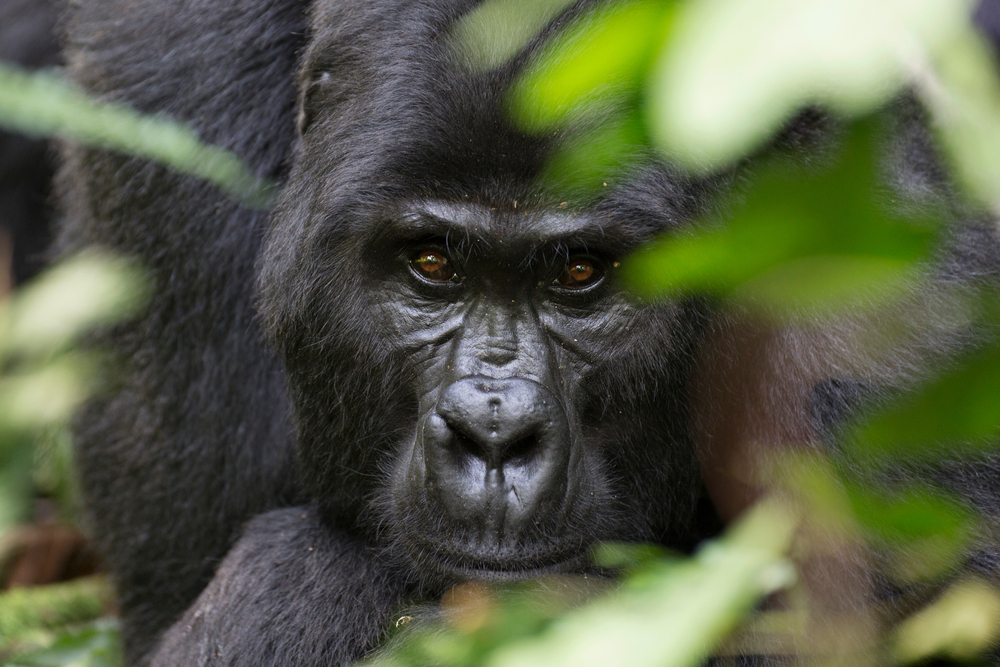Equatorial Guinea, located on the west coast of Central Africa, is rich in biodiversity and natural beauty, much of which is protected within its national parks. These parks play a crucial role in conserving the country’s unique flora and fauna while showcasing its diverse landscapes, from lush rainforests to pristine marine ecosystems. Among its national parks, Pico Basilé National Park, Monte Alén National Park, and Annobón Island Nature Reserve are the most prominent, each offering distinct ecosystems and wildlife.
Pico Basilé National Park, situated on Bioko Island, is named after the country’s tallest peak, Pico Basilé, which rises to 3,011 meters (9,879 feet). The park is a haven for biodiversity, with dense rainforests supporting a variety of endemic species, including Bioko red colobus monkeys and Preuss’s monkeys. Bird species like the African grey parrot and the Bioko montane sunbird are also notable. This park’s cultural significance and hiking opportunities make it a key destination, although it faces challenges such as deforestation and hunting.
Monte Alén National Park, located on the mainland, is one of Equatorial Guinea’s most famous protected areas. Its vast expanse of tropical rainforest is home to endangered species such as western lowland gorillas, forest elephants, and chimpanzees. The park also contains cascading rivers and waterfalls, enhancing its scenic beauty. Despite its ecological richness, Monte Alén has seen limited eco-tourism development, and threats like poaching and habitat degradation remain significant concerns.
Annobón Island Nature Reserve, situated on the remote Annobón Island, showcases the marine and coastal ecosystems of Equatorial Guinea. Its waters are teeming with life, including sea turtles, dolphins, and a variety of fish species. The park also includes volcanic landscapes and tropical forests, offering a mix of terrestrial and marine biodiversity. While its isolation has helped preserve its ecosystems, climate change and overfishing pose increasing threats to the park’s fragile environment.
Conservation efforts in Equatorial Guinea’s national parks face numerous challenges, including habitat loss, illegal hunting, and limited resources for park management. However, there have been notable successes, particularly through international collaborations and community-based initiatives. Anti-poaching measures and habitat restoration projects have yielded positive results in some areas, while eco-tourism is gradually being promoted as a sustainable alternative to harmful practices.
The national parks of Equatorial Guinea are vital for protecting the country’s natural heritage and supporting global biodiversity. They offer a glimpse into some of Africa’s most pristine environments while providing opportunities for eco-tourism and conservation. By addressing challenges and building on successes, Equatorial Guinea’s national parks can continue to thrive as sanctuaries for wildlife and as destinations for those seeking to connect with the natural world.













































































